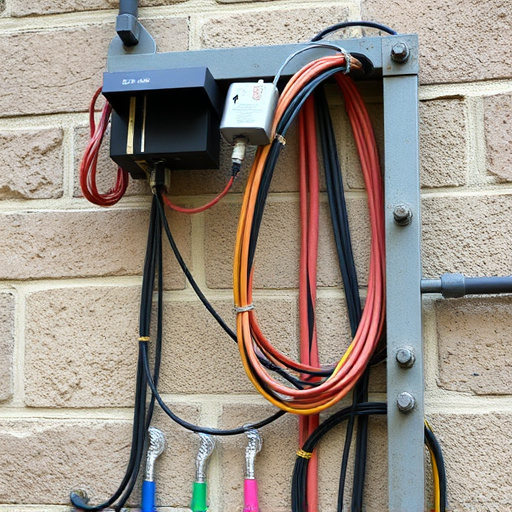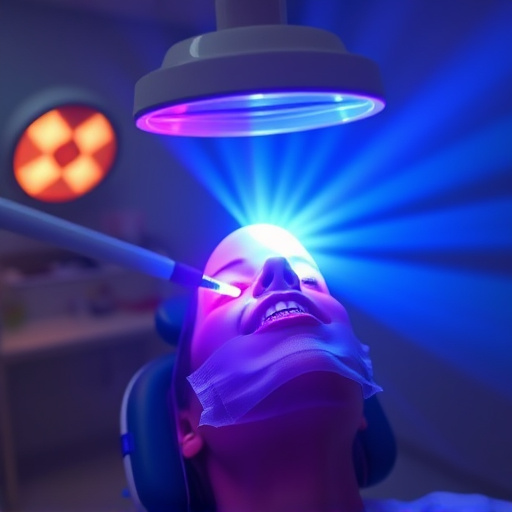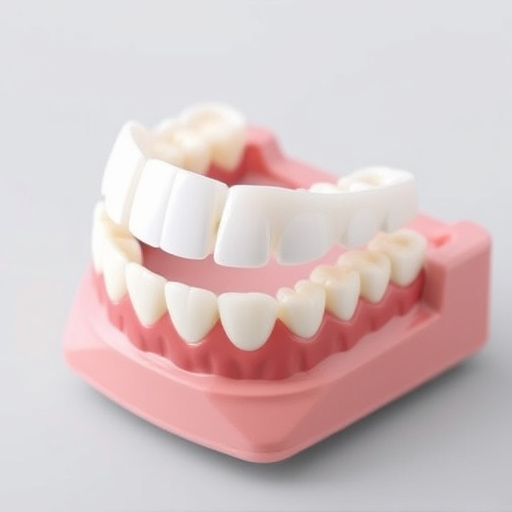Evaluating wisdom teeth removal is key for optimal oral health. Dentists use exams and X-rays to identify issues like impaction or inflammation. Regular check-ups help prevent problems, simplifying removal decisions and promoting long-term health. The surgical procedure involves gum incision and local anesthesia. Post-surgery, swelling and pain are manageable. Recovery requires good hygiene, rest, and soft foods. Severe pain, swelling, or difficulty swallowing indicate removal needs. Partially erupted teeth can cause infections and damage, requiring extraction to prevent future oral health issues.
Are your wisdom teeth causing pain or other dental issues? Understanding when to undergo wisdom teeth removal is crucial for maintaining optimal oral health. This article guides you through the process, from evaluating the need for removal to understanding the surgery and recovery. We also highlight urgent signs and symptoms that necessitate immediate attention. By the end, you’ll be equipped with the knowledge to make an informed decision about your wisdom teeth removal.
- Evaluating the Need for Wisdom Teeth Removal
- Understanding the Surgical Process and Recovery
- Knowing When It's Urgent: Signs and Symptoms
Evaluating the Need for Wisdom Teeth Removal

Evaluating the need for wisdom teeth removal is a crucial step in maintaining optimal oral health. Many people develop their wisdom teeth, located at the back of the mouth, during their late teens or early twenties. However, not all wisdom teeth require removal. An oral exam by a qualified dentist will determine if these teeth are causing any issues, such as impaction, inflammation, or damage to adjacent teeth. X-rays can also help assess the position and health of wisdom teeth, guiding the decision for their removal or not.
In some cases, general dentistry practices may recommend preventive dentistry measures like monitoring the teeth for potential problems. If the wisdom teeth are healthy and properly aligned, no action might be needed. Yet, if they are causing discomfort, pain, or affecting nearby teeth, a simple procedure to remove them could be advised. In severe instances where complications arise, such as cysts or tumors, emergency dental care may be required. Even when not immediately painful, regular check-ups can help identify potential issues early on, making the decision for removal less daunting and promoting better long-term oral health, including the possibility of fitting dental crowns if necessary.
Understanding the Surgical Process and Recovery
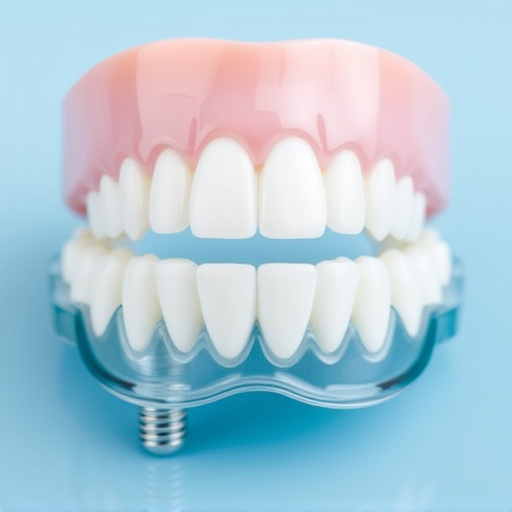
The wisdom teeth removal process is typically a straightforward surgical procedure. During the operation, your dentist or oral surgeon will carefully extract one or more wisdom teeth under local anesthesia to minimize discomfort. In most cases, this involves making a small incision in the gum tissue and removing the tooth (or teeth) along with any associated impactions or infections. Post-surgery, you can expect some swelling and mild pain, which can be managed with over-the-counter medications as recommended by your dentist.
Proper recovery after wisdom teeth removal is crucial for preventing complications and ensuring a smooth healing process. This includes adhering to your dentist’s post-operative instructions, such as maintaining good oral hygiene, avoiding strenuous activities, and eating soft or liquid foods for the first few days. Regular routine oral exams and following up with your family dentistry practice are essential to monitor healing and address any concerns promptly. Additionally, keeping an eye out for signs of infection, like persistent pain, swelling, or discharge, is vital during the recovery period.
Knowing When It's Urgent: Signs and Symptoms
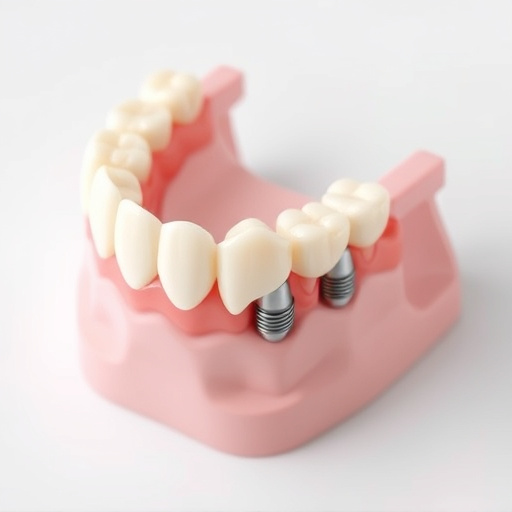
If you’re experiencing severe pain or discomfort in your jaw, face, or surrounding areas, it could be an urgent sign that your wisdom teeth need to come out. This is often accompanied by swelling, redness, and a feeling of fullness or pressure in the affected area. Some individuals may notice a bad taste in their mouth or experience difficulty swallowing. These symptoms can indicate an infection or inflammation associated with impacted wisdom teeth.
In some cases, partial eruption or failure to erupt completely can lead to further complications. If your wisdom teeth are only partially visible and surrounded by gum tissue, they can trap food particles, fostering bacterial growth and potentially causing tooth decay, gum disease, or even damage to neighboring teeth. Regular visits to your family dentistry office can help monitor these situations, and if necessary, your dentist may recommend wisdom teeth removal to prevent future oral health issues, especially when considering options like dental crowns or implants for replacement teeth.
Determining the optimal time for wisdom teeth removal involves a careful balance. By understanding both the signs that indicate a need for urgent action and the surgical process and recovery involved, you can make an informed decision. Regular check-ups with your dentist will help assess whether extraction is necessary, ensuring a healthier oral cavity in the long term. Remember, while it may seem like a daunting process, modern dentistry offers advanced techniques and care for a smoother journey towards a wisdom teeth-free smile.

